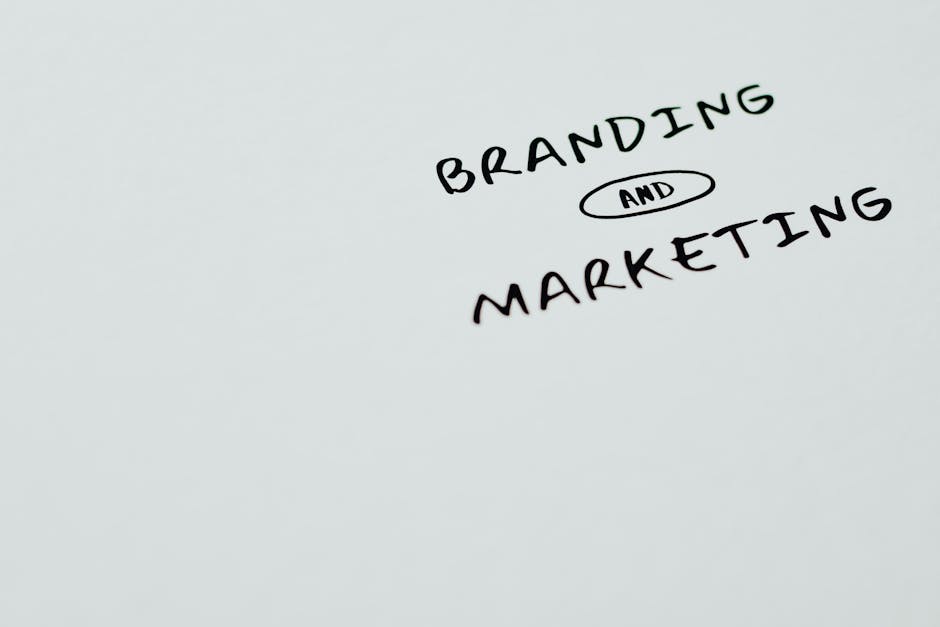In a rapidly evolving market where consumer trust is the ultimate currency, the significance of compliance in OTC health advertising becomes undeniable. The Compliance Guardian is here to guide you through enhancing content integrity and trust.
1. Introduction
In the fast-paced world of OTC health advertising, compliance stands as a beacon of integrity. Leading industry names have long recognized that the sanctity of messaging—supported by rigorous review and internal audits—cannot be compromised. This article lays the foundation for understanding how vigilant oversight in advertising content evolves into robust reputational strength and enduring consumer loyalty. Insights drawn from reputable regulatory sources underscore the importance of aligning communication with up-to-date guidelines.

2. The Impact of Compliance Errors
Even minor discrepancies in advertising content can have significant consequences. Errors such as misaligned revision numbers, untranslated Unicode issues, or conflicting claims across formats may trigger costly internal audits and regulatory scrutiny. For example, a prominent health retailer faced severe public criticism when conflicting data between their digital and print platforms led to doubts about their transparency. Such errors not only disrupt consumer trust but also challenge the stringent guidelines put forth by regulatory bodies like the FTC.
3. Case Studies and Lessons Learned
Historical events repeatedly underscore the importance of strict compliance standards. One notable OTC campaign, initially celebrated for its innovative messaging, was forced into retraction following a regulatory review. Detailed analyses of the situation reveal that thorough internal reviews and centralized content monitoring would have mitigated the risks. Regulatory sources—such as the FTC’s Advertising and Marketing resource portal and the Health Products Compliance Guidance—highlight how early detection of oversights can preserve brand integrity and mitigate long-term reputational damage.
4. Practical Strategies for Upholding Integrity
To maintain a high level of content integrity, industry professionals are advised to establish multi-layered review workflows that leverage technology-driven copy integrity checks. Many companies now employ:
- Automated text validation algorithms
- Integrated audit trails to monitor changes
- Real-time cross-referencing with current regulatory standards
- Centralized dashboards that facilitate quick rollback mechanisms
These strategies transform potential liabilities into cornerstones of trust and credibility. Additionally, embedding continuous feedback loops with legal and scientific experts ensures that every piece of content is both accurate and compliant.
More on Workflow Integration and Technological Enhancements
Modern tools can flag even subtle copy mismatches before they reach final approval. For instance, automated systems can detect revision inconsistencies, while integrated dashboards provide a comprehensive view of all active content. Such measures are essential for controlled environments where regulatory expectations are high.
5. Key Regulatory Terms
Understanding the regulatory landscape can help guide effective advertising strategies. Below are key terms frequently encountered:
- Fair Balance
- An industry principle requiring that all ad claims are presented with corresponding risk or safety information.
- Reminder Ad
- A type of advertisement that refers to a brand or product without making new claims or emphasizing specific claims already approved.
- Substantiation
- The process of ensuring that all claims made in an advertisement are supported by robust, verifiable evidence.
6. Comparing Compliant vs. Non-Compliant Copy
| Aspect | Compliant Copy | Non-Compliant Copy |
|---|---|---|
| Revision Tracking | Clear revision history with up-to-date numbering | Discrepancies and mismatched revisions |
| Claim Presentation | Balanced, substantiated claims with corresponding risk disclosures | Exaggerated benefits without appropriate disclaimers |
| Regulatory Alignment | Content cross-referenced with the latest guidelines | Outdated or inconsistent information across formats |
| Feedback Loop | Active engagement with legal and compliance teams | Lack of coordinated review processes |
| Note: Effective copy integrity checks ensure that communication not only resonates with consumers but also meets rigorous regulatory standards. Keywords: revision tracking, claim substantiation, regulatory alignment, accountability, transparency. | ||
7. Conclusion
Maintaining content integrity in OTC health advertising is more than just regulatory compliance—it is a commitment to consumer trust and corporate accountability. By integrating actionable insights, rigorous internal checks, and continuous updates aligned with current guidelines, companies can reinforce their market position. The approach of emphasizing precision, honesty, and strategic oversight not only mitigates risks but also transforms compliance from a challenge into a competitive advantage.
When every campaign reflects a dedication to accuracy and transparency, both customers and regulators gain confidence in the brand’s commitment to reliable communications.